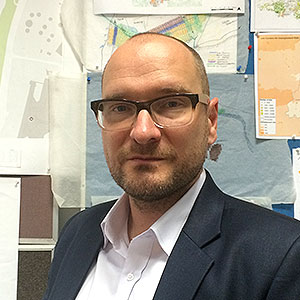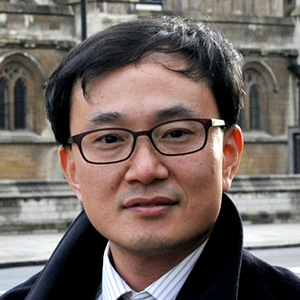This discussion is now closed. Thank you for your participation.
Question 1. Which spatial development strategies and policies are most effective to create equitable, compact, connected, and socially inclusive cities in different contexts?
Question 2. How can governments and their partners ensure sustainable urbanization in the context of the urban-rural continuum?
Question 2. How can cities create public space that adds value and quality to urban social and economic life?
Question 2. What are the challenges in managing urban land for equitable and sustainable development?



 SMART URBAN RETROFIT SLIDE SHARE QR CODE.png
SMART URBAN RETROFIT SLIDE SHARE QR CODE.png Lecture Values, Systemic Planning and Management and Public Ministry – Rodrigo Schoeller.ppt
Lecture Values, Systemic Planning and Management and Public Ministry – Rodrigo Schoeller.ppt Article Rodrigo Schoeller- What development do we want-3.doc
Article Rodrigo Schoeller- What development do we want-3.doc Spatial Development Responses.xlsx
Spatial Development Responses.xlsx NCD Alliance Response_Issue Paper 11 Public Space.pdf
NCD Alliance Response_Issue Paper 11 Public Space.pdf
Dear Participants,
I would like to use the opportunity to also direct your attension towards the question of adequate platforms, programmes, initiatives to realise sustainable spatial development.
Please share with us your view points and experiences..